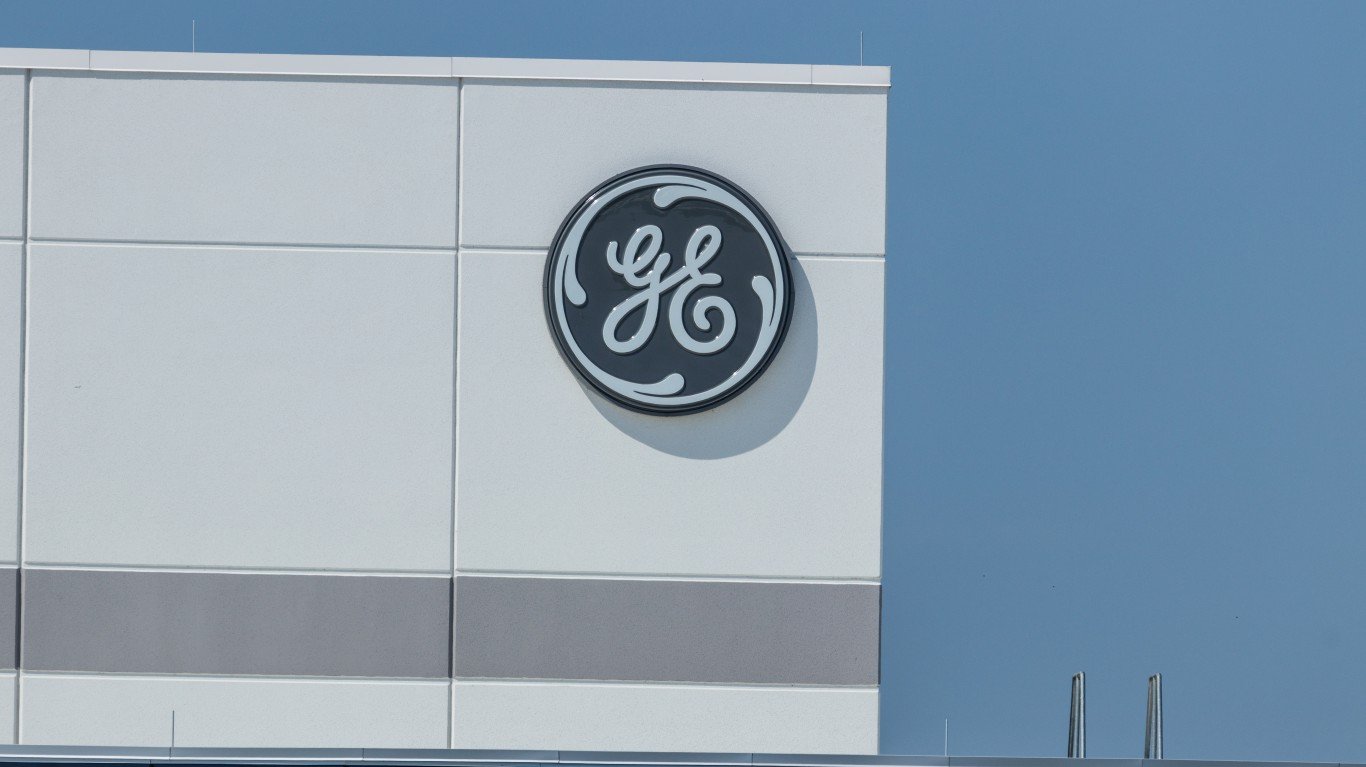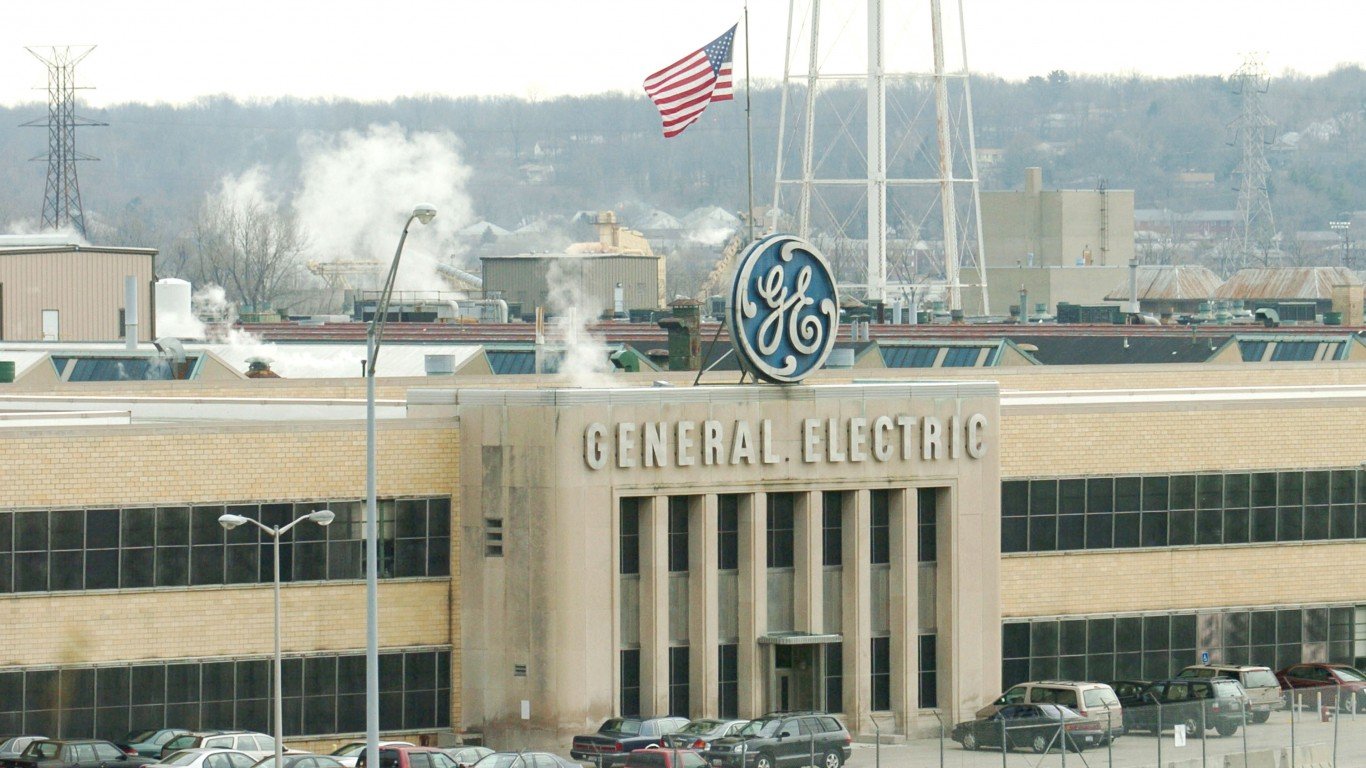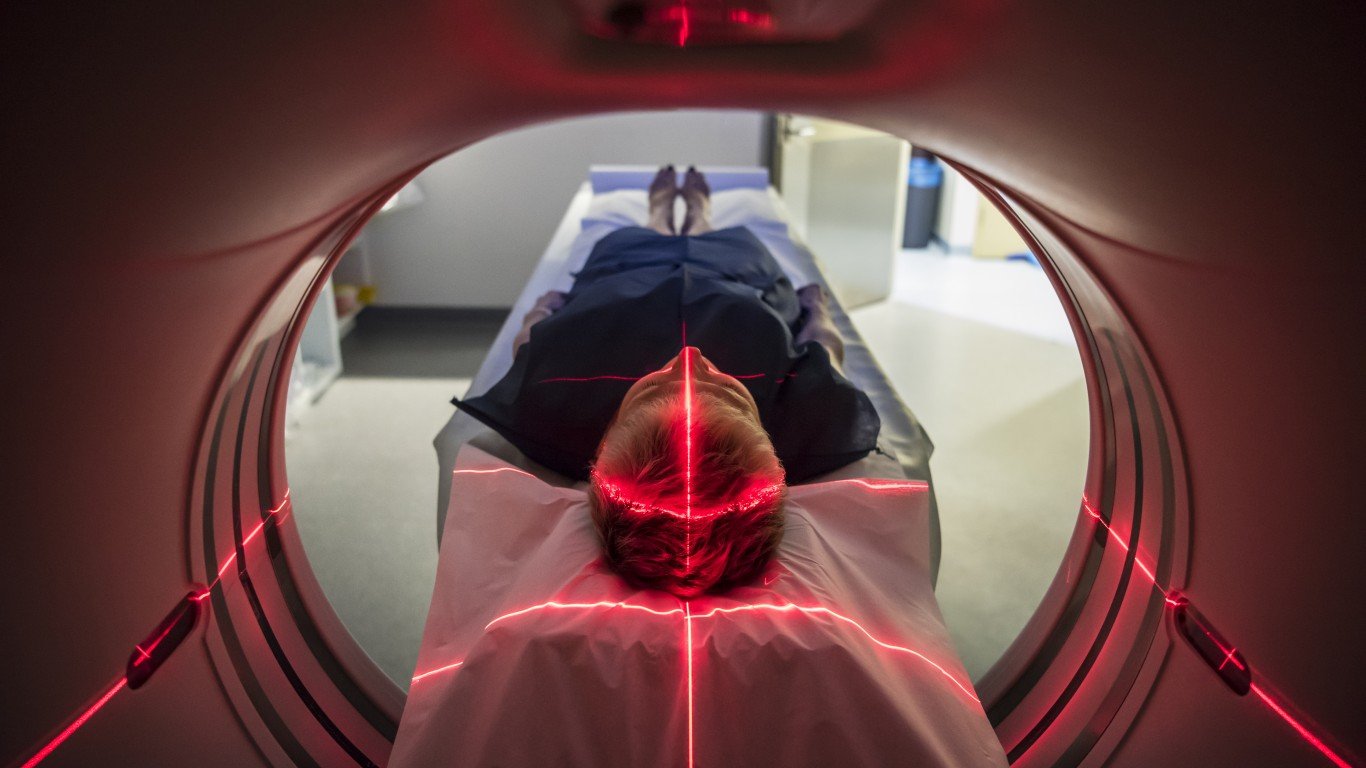

Back in 2021, General Electric (NYSE: GE) announced the final step in a restructuring process that had begun in 2015. Deciding to streamline the company in an attempt to bring it back into Big Board pinnacle status, CEO Lawrence Culp Jr., who was the first CEO to come from outside the GE ranks, declared that GE would split into three (3) separate entities: GE Aerospace (NYSE: GE), GE Healthcare (NASDAQ: GEHC), and GE Vernova. (NYSE: GEV).
GE Healthcare completed its spinoff split in January 2023, with parent company GE retaining 14% (subsequently reduced to 10.24%) of the new entity. Shareholders of GE common stock received 1 share of GEHC for every 3 shares of GE. The final split will result in GE Aerospace retaining the “GE” ticker while GE Vernova, which houses all of GE’s energy and power generation related technologies, will continue under the ticker,”GEV:.
GE Aerospace and GE Vernova will make their joint official debut on April 2, 2024. In essence, it will be a de facto 4-for-1 forward stock split for current GE stockholders of record as of March 19th. Each GE shareholder will receive 4 shares of GE Vernova.
However, just three (3) years ago, GE had to undergo a 1-for-8 reverse split. This was part of Culp’s bigger turnaround plan. But how did venerable GE get into such a structural mess that necessitated such measures? :Let’s look at some recent history.
Neutron Jack

When Jack Welch took the reins of GE in 1981, he quickly earned the nickname, “Neutron Jack” for his indiscriminate firing of over 100,000 GE employees during his first year. Nevertheless, his non-nonsense approach towards responsible management and going “lean and mean” increased profits and expanded GE’s reach into a wider range of businesses, including finance, synthetic diamonds, and others, essentially transforming GE into a genuine conglomerate.
Jeffrey Immelt – Trying too Hard

As soon as Jeffrey Immelt became CEO of GE upon Welch’s retirement in 2001, he had big shoes to fill, and, unfortunately, insufficient skills for the task at hand. Immelt made a number of risky gambles, overpaid on subsequent acquisitions and became far too dependent on GE Capital, and was too slow to adapt to market changes, all leading to disastrous results. GE Capital required TARP funds from the US government in the aftermath of the 2008 subprime bank meltdown. It eventually got sold off to Blackstone and Wells Fargo in 2015.
GE’s fortunes had seen better days, so drastic measures were needed to staunch the bloodletting and get the patient back on its feet. Superfluous assets acquired during the Immelt era, such as NBC Universal and GE Plastics as well as valuable properties, like GE Capital Banking assets, Biopharma and $26 billion in real estate, needed to be sold off.
Larry Culp – Thinking Outside the Box?

Unlike his predecessors, Lawrence Culp did not ascend through the GE corporate ranks, having previously worked at Danaher Corporation in Washington, D.C. With over 8 billion GE common shares in the market and a battered reputation to repair, the 1-for-8 reverse split was intended to get GE to a more manageable 1 billion share range, from which additional positive news could then make a meaningful uptick impact on the GE market price.
While initial reaction was slow, Culp’s guidance reversed GE’s previous -308% underperformance compared to the S&P 500. In 2023, Culp helmed GE to a 17% growth in revenues and a 264% increase in earnings. In a little over 18 months, dating back to summer of 2022, GE stock has gone from $50 to $175 at the time of this writing – a 250% gain.
The New GE Trinity will consist of core GE businesses: aviation (including military and defense), healthcare (including MRI machines and other healthcare technologies), and energy (turbines, engines, etc.). GE Health’s performance since January 2023 has already validated Culp’s strategy. On its own, GEHC is up 53 points since the spinoff. Even more impressive in the same time period, GE stock outpaced the S&P 500 by 96%, and delivered returns of 129%.
The market anticipation for GE and GEV is palpable. Culp is engineering a return to GE’s former glory, and doing it in a methodical way that, though coming from a completely different playing field than that of Jack Welch, nevertheless is apparently earning similar results.
Take This Retirement Quiz To Get Matched With A Financial Advisor (Sponsored)
Take the quiz below to get matched with a financial advisor today.
Each advisor has been vetted by SmartAsset and is held to a fiduciary standard to act in your best interests.
Here’s how it works:
1. Answer SmartAsset advisor match quiz
2. Review your pre-screened matches at your leisure. Check out the advisors’ profiles.
3. Speak with advisors at no cost to you. Have an introductory call on the phone or introduction in person and choose whom to work with in the future
Take the retirement quiz right here.
Thank you for reading! Have some feedback for us?
Contact the 24/7 Wall St. editorial team.



